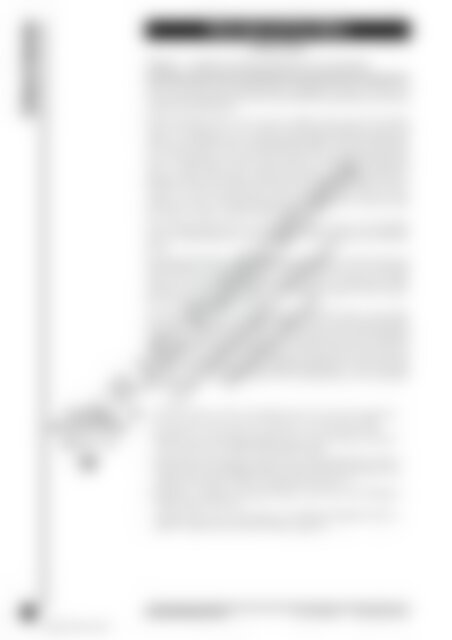RIC-0667 Aboriginal Cult 5-6
You also want an ePaper? Increase the reach of your titles
YUMPU automatically turns print PDFs into web optimized ePapers that Google loves.
<strong>Cult</strong>ural Identity<br />
Traditional<br />
<strong>Aboriginal</strong> Family<br />
(pages 23 – 24)<br />
Indicator:<br />
<strong>Aboriginal</strong> Families<br />
Teachers Notes<br />
Identifies that <strong>Aboriginal</strong> families have special qualities.<br />
This section discusses the extended family in <strong>Aboriginal</strong> societies. It looks at the<br />
closeness that <strong>Aboriginal</strong> families share and the different responsibilities each family<br />
member has towards others.<br />
Within <strong>Aboriginal</strong> society, there are many traditions and customs. The kinship<br />
system is an important way to classify and distinguish <strong>Aboriginal</strong> families and<br />
relatives. The kinship system provided <strong>Aboriginal</strong> people with an extended family,<br />
as the whole group was seen as a family. Because of this, an <strong>Aboriginal</strong> child may<br />
refer to several women as ‘mother’ and several men as ‘father’. In non-<strong>Aboriginal</strong><br />
society, a child usually refers to his/her birth parents as mother and father. In<br />
<strong>Aboriginal</strong> societies, the siblings of their parents are referred to as ‘Mum’ and ‘Dad’.<br />
‘Aunt’ is a term that may be used to refer to the father’s sister. This may seem<br />
complex to us, but to <strong>Aboriginal</strong> people it was a simple way to work out where<br />
they stood in relation to others in their group.<br />
Most <strong>Aboriginal</strong> families have an extended family unit. In many cases, a grandchild<br />
may live with grandparents, aunts and uncles as well as his/her own immediate<br />
family.<br />
By following the kinship system, <strong>Aboriginal</strong> people knew how to talk to others and<br />
what behaviour was expected of them. Children learnt the rules of the kinship<br />
system at an early age. It was through traditional stories and songs that the older<br />
generation was able to teach children about important aspects of their culture,<br />
such as its history, language and laws.<br />
All cultures are different, with different values and beliefs. Family customs differ<br />
across cultures and faiths. For example, Muslims pray at various times during the<br />
day and fast at specified times of the year. Balinese people believe that offering gifts<br />
to their gods will bring them good fortune. Customs are a part of every culture. In<br />
<strong>Aboriginal</strong> society, customs are still being practised today that have been practised<br />
for many, many years. For example, <strong>Aboriginal</strong> people believe it is the role of aunts<br />
and uncles to teach the children about rules and punishments, and to discipline<br />
the children.<br />
©R.I.C. Publications<br />
Low Resolution Images<br />
Display Copy<br />
• Discuss with the class what an <strong>Aboriginal</strong> person is. Accept their suggestions.<br />
• Encourage the class to share their experiences with <strong>Aboriginal</strong> people.<br />
• Display pictures of <strong>Aboriginal</strong> people and point out their distinctive features.<br />
(Try to use pictures of traditional <strong>Aboriginal</strong> people.)<br />
• Briefly discuss what a family is and then focus on <strong>Aboriginal</strong> families. Inform<br />
the class that many <strong>Aboriginal</strong> families may have more than just parents and<br />
children living together. (Refer to background information.)<br />
• Worksheets ‘Traditional <strong>Aboriginal</strong> People’ and ‘Dot-to-Dot <strong>Aboriginal</strong><br />
Family’ support this lesson.<br />
Students need to cut out the pictures of a traditional <strong>Aboriginal</strong> family on<br />
page 23 and glue them inside the humpy on page 24.<br />
22 Australian <strong>Aboriginal</strong> <strong>Cult</strong>ure R.I.C. Publications www.ricgroup.com.au<br />
ISBN 978-1-86311-807-1


















